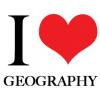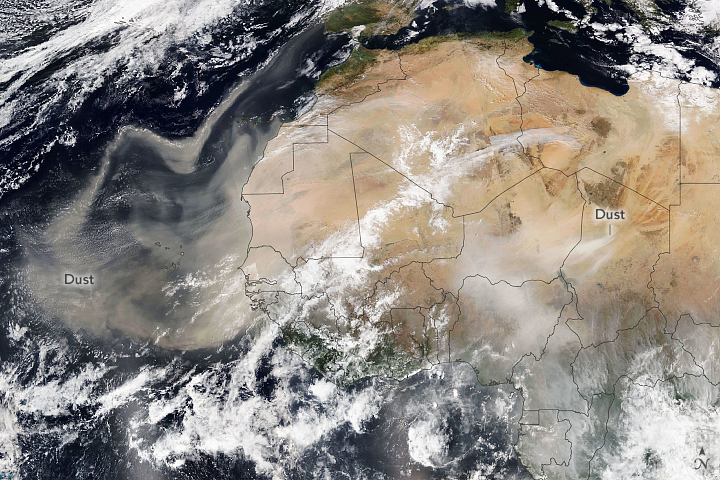- 0 replies
- 1,121 views
- Add Reply
- 0 replies
- 1,139 views
- Add Reply
- 0 replies
- 889 views
- Add Reply
- 0 replies
- 1,952 views
- Add Reply
- 0 replies
- 2,788 views
- Add Reply
Saharan Dust Heading for Europe

By Lurker,


February 18, 2021
Each year more than 180 million tons of dust blow out from North Africa, lofted out of the Sahara Desert by strong seasonal winds. Perhaps most familiar are the huge, showy plumes that advance across the tropical Atlantic Ocean toward the Americas. But the dust goes elsewhere, too—settling back down in other parts of Africa or drifting north toward Europe.
A dramatic display of airborne dust particles (above) was observed on February 18, 2021, by the Visible In
Soil biodiversity in danger: why it is crucial to protect Soil

By Lurker,


From earthworms to nematodes, from mites to insect larvae, and fungi to bacteria, there are more than 7,000 types of species in our soils. According to The German Center for Integrative Biodiversity, you can find up to 1.5 kilograms of organisms living under a single square meter.
These hidden cities full of thousands of creatures, known as soil organisms, are crucial to creating nutrients from dead plants and animals to keep our soil healthy and grow new plant life. Without healthy n
Mount Etna spews smoke and ash in spectacular new eruption

By Lurker,
Etna produced a very spectacular lava-fountaining eruptive episode, known as paroxysm.
Starting from around 5 p.m. local time in the afternoon, the strombolian activity, which had been going on for the past weeks from the New SE crater intensified significantly. Shortly after, a lava overflow was observed from the eastern side of the South East crater. At 16:05 UTC (5:05 p.m. local time), a part of the eastern flank of the cone collapsed into a pyroclastic flow that traveled down the western wa
Google Maps update brings split screen mode for Street View

By Lurker,


Google Maps for Android is one of the most actively developed Google apps, with new features and improvements routinely being added to the navigation app. In the last two months alone, the app has gained quite a few functionalities, including a new community feed, a Go tab for accessing frequently visited places, messaging for verified businesses, a new driving mode, and food delivery alerts. The app will also soon start showing COVID-19 vaccine locations in the US. Now the Google Maps on Androi
Decoding NOAA Satellite Images Data in Python

By Lurker,


You’d be forgiven for thinking that receiving data transmissions from orbiting satellites requires a complex array of hardware and software, because for a long time it did. These days we have the benefit of cheap software defined radios (SDRs) that let our computers easily tune into arbitrary frequencies. But what about the software side of things? As [Dmitrii Eliuseev] shows, decoding the data satellites are beaming down to Earth is probably a lot easier than you might think.
Well, at leas
-
Forum Statistics
8.8k
Total Topics43.5k
Total Posts



